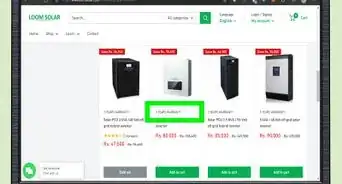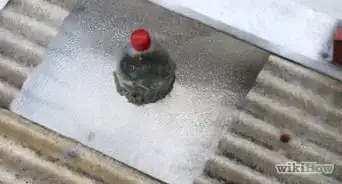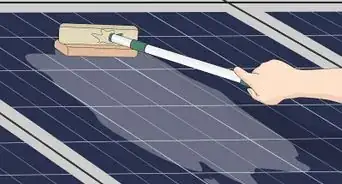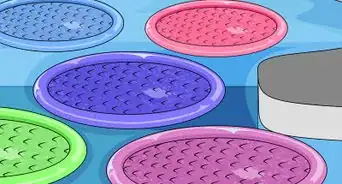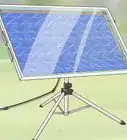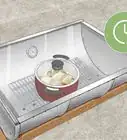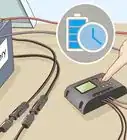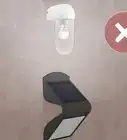This article was co-authored by wikiHow Staff. Our trained team of editors and researchers validate articles for accuracy and comprehensiveness. wikiHow's Content Management Team carefully monitors the work from our editorial staff to ensure that each article is backed by trusted research and meets our high quality standards.
wikiHow marks an article as reader-approved once it receives enough positive feedback. In this case, several readers have written to tell us that this article was helpful to them, earning it our reader-approved status.
This article has been viewed 668,443 times.
Learn more...
Solar energy is one of the fastest growing alternative energies in the world. Though building an entire solar panel takes a degree of skill and patience, even a beginner can apply the same principles to create a small solar cell. This is a great way to learn about the properties of solar panels. All you need to do is get a little titanium dioxide, build the cell, and use it to turn light into electrical current.
Steps
Obtaining Titanium Dioxide
-
1Collect donut powder. Buy a bag of white powdered donuts. The powder contains a chemical called titanium dioxide (TiO2). Titanium dioxide is a useful material for creating solar cells.[1]
-
2Dissolve the sugar. Unfortunately, the titanium dioxide you get from a powdered donut will be not be pure. It will be mixed with sugars and fats. To remove the sugar, stir the powder into warm water and then pour it through a filter (a coffee filter will work fine). The sugar will dissolve in the water and pass right through the filter. The solid left behind is a mixture of titanium dioxide and fats.[2]
- Use roughly one cup of water for every five donuts.
Advertisement -
3Remove the fat. The fats are not water soluble, and so they remain mixed with the titanium dioxide after filtration. Fortunately, it is quite easy to remove them. Put the powder on a heat safe dish and bake it at 500 °F (260 °C) for about three hours. This will vaporize the fats and leave behind a titanium dioxide powder.[3]
Creating a Solar Cell
-
1Use conductive glass. Most conductive glasses are coated with an indium tin oxide residue. This allows the surface of the glass to conduct electricity rather than insulate it. You can buy conductive glass online or at a solar supply store.[4]
- This glass is usually found in 1x1in (2.54x2.54 cm) squares.
-
2Make a titanium dioxide solution. Add ethanol to your titanium dioxide in a glass beaker and stir. You should use the most pure ethanol you can find. Two hundred proof lab grade ethanol is best, but vodka or Everclear will work in a pinch.[5]
- Use about one milliliter of ethanol per donut and shake or stir the solution in a glass or beaker.
-
3Coat the glass. Put a layer of tape around three sides of the glass. This will help you control the depth of your coating. Use a dropper or pipet to drop a small amount of the titanium dioxide solution onto the surface of the glass. Use a microscope slide to scrape the the excess liquid off, leaving just a thin coating. Repeat this process ten times.[6]
- Each drop should be sufficient to coat the glass one time with a thin film. In total, you will use ten drops to form ten layers of titanium dioxide.
-
4Cook the solar cell. Put the solar cell into a clear, heatproof beaker or dish. Place the container on a hotplate (or place the solar cell directly on the hotplate). Turn the hotplate on and cook the cell for 10-20 minutes.[7]
- You will have to watch the cell closely. It will turn brown, and then back to white. When the cell goes back to its original white color, this means that the organic solvents (the ethanol) have burned off, and the cell is finished heating.
-
5Stain the cells with tea. Teas contain organic compounds known as anthocyanins. These compounds are good at capturing light in the visible spectrum. Brew a cup of herbal tea and submerge the solar cell for a few hours. Darker teas, such as hibiscus, work best. This will stain the cell and allow anthocyanins to bind to the surface of the cell. The cell is now capable of capturing visible light.[8]
- Prior to staining, the cell could only capture light in the UV spectrum.
Generating a Current
-
1Color another piece of conductive glass with graphite. This peice of glass will act as a counter-electrode. You can use a regular graphite pencil. Just rub the tip of the pencil over the glass until it is fully covered with the graphite residue.[9]
-
2Put a spacer between pieces of glass. You can cut a thin plastic spacer to put between the pieces of glass. The spacer should go on the clean side of the glass (opposite the tea or graphite side). Alternatively, you can put tape around the edges on the clean side of the glass to form a spacer. This keeps the glass ever so slightly separated.[10]
-
3Add an electrolyte solution. An iodine solution is an ideal electrolyte. You can get it over the counter at most pharmacies. Mix the solution in a 3:1 ratio with alcohol. Put one to two drops of the solution between the two pieces of glass.[11]
-
4Press the pieces of glass together. Before the solution has time to evaporate, press the two pieces of glass firmly together. Use alligator clips to hold them in place. Your cell is now capable of producing electrical currents when exposed to light.[12]
- You can test this by placing the cell in sunlight and using a multimeter to check for current.
Community Q&A
-
QuestionIs there a cheaper, simpler way to do this?
 Community AnswerIn terms of cost per watt, the cheapest known way is to buy a ready made solar cell. The one shown here is interesting, but due to the fact that conductive glass is NOT a cheap product - and it produces (according to the photo), a shade under 120 microamps, output is tiny. I do not know the voltage produced - though I would guess between 0.6v and around 1.2v - so the total generated power would be in the order of 72 microwatts and 144 microwatts. To put that into perspective, if we allow the more generous of the two figures above and then round the power up to 150 microwatts, we would still need 20,000 panels to produce enough power to drive a 3w LED lamp.
Community AnswerIn terms of cost per watt, the cheapest known way is to buy a ready made solar cell. The one shown here is interesting, but due to the fact that conductive glass is NOT a cheap product - and it produces (according to the photo), a shade under 120 microamps, output is tiny. I do not know the voltage produced - though I would guess between 0.6v and around 1.2v - so the total generated power would be in the order of 72 microwatts and 144 microwatts. To put that into perspective, if we allow the more generous of the two figures above and then round the power up to 150 microwatts, we would still need 20,000 panels to produce enough power to drive a 3w LED lamp. -
QuestionWhat is the function of the tea?
 Community AnswerTeas contain organic compounds known as anthocyanins. These compounds are good at capturing light in the visible spectrum
Community AnswerTeas contain organic compounds known as anthocyanins. These compounds are good at capturing light in the visible spectrum -
QuestionWhere can I get a copper sheet?
 Community AnswerCopper sheets are available via traders selling nonferrous metals in any major city. These traders supply metals to metal industries. For further information, search "nonferrous metals traders" in search engines in your location.
Community AnswerCopper sheets are available via traders selling nonferrous metals in any major city. These traders supply metals to metal industries. For further information, search "nonferrous metals traders" in search engines in your location.
Things You'll Need
- Powdered donuts
- Ethanol
- Hotplate
- Conductive glass
- Graphite pencil
- Electrolyte solution
- Tape
References
- ↑ https://pubchem.ncbi.nlm.nih.gov/compound/Titanium-dioxide
- ↑ https://www.greenoptimistic.com/diy-solar-cell-20090421/#.WMnvmcDyvIU
- ↑ http://www.wired.co.uk/article/how-to-make-your-own-solar-cell
- ↑ https://dl.uctm.edu/journal/node/j2017-6/13_17_29_Setyawati_1097_1100.pdf
- ↑ https://www.middleschoolchemistry.com/lessonplans/chapter5/lesson4
- ↑ https://www.greenoptimistic.com/diy-solar-cell-20090421/#.WMnvmcDyvIU
- ↑ http://education.mrsec.wisc.edu/289.htm
- ↑ https://www.greenoptimistic.com/diy-solar-cell-20090421/#.WMnvmcDyvIU
- ↑ http://www.wired.co.uk/article/how-to-make-your-own-solar-cell
About This Article
To make a solar cell, gather titanium oxide by removing the sugar and fat from powdered donut sugar, and mix it with ethanol to make a solution. Coat one side of the glass with 10 layers of the solution, and cook it for 10-20 minutes. Stain the glass in herbal tea, and then coat another piece of glass with graphite. Attach the 2 pieces of glass with a spacer, and add an electrolyte solution between the plates. Press the glass together with alligator clips, and attach a multimeter before placing the cell in the light. For tips on distilling titanium oxide and finding conductive glass, read on!
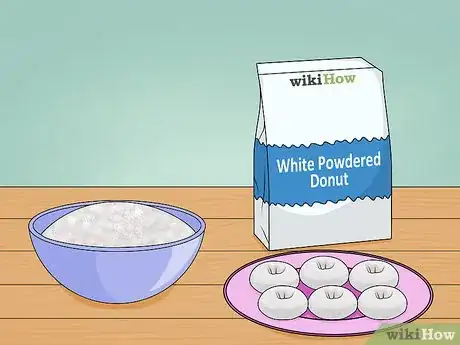
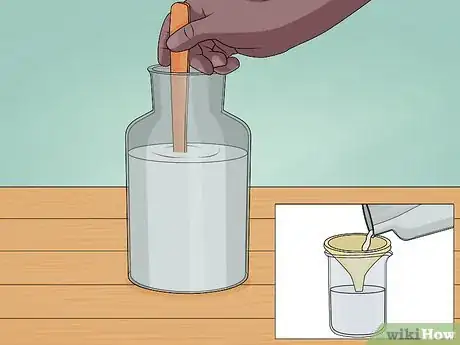
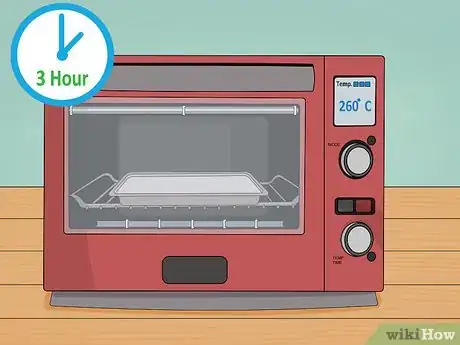
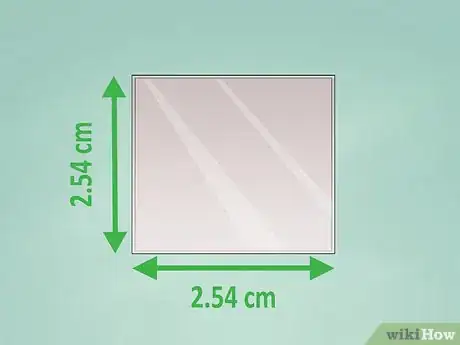
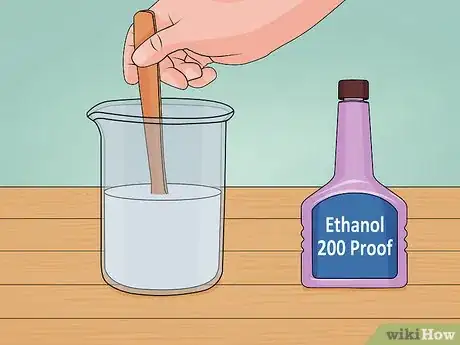
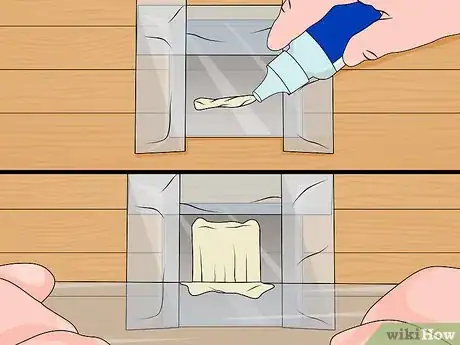
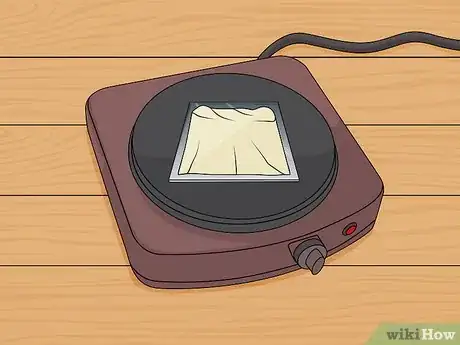
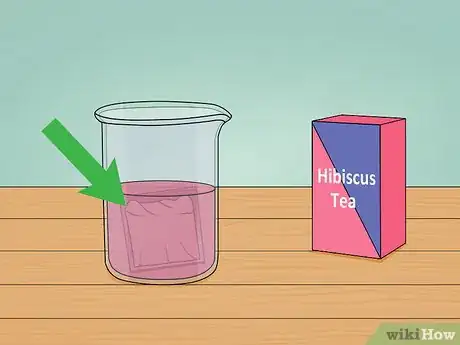
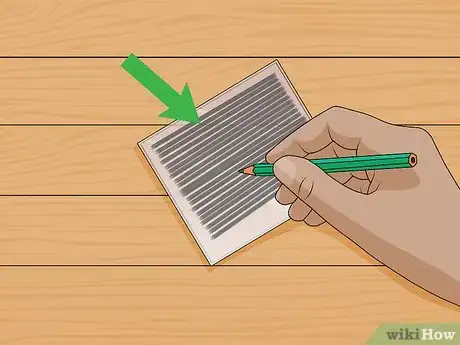
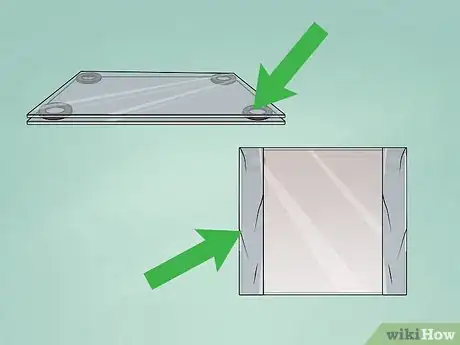
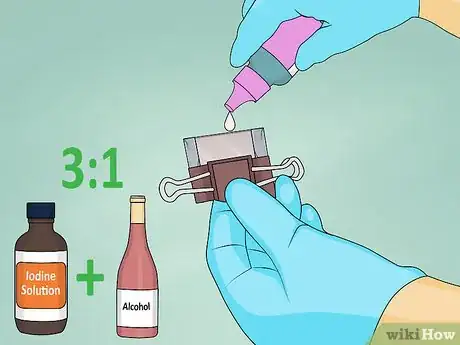
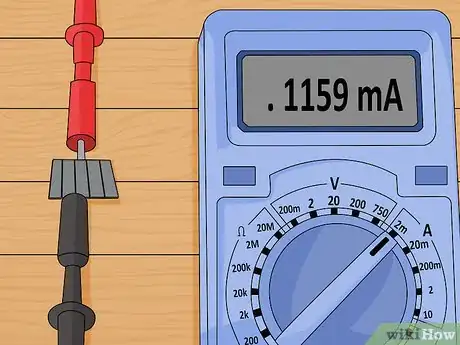
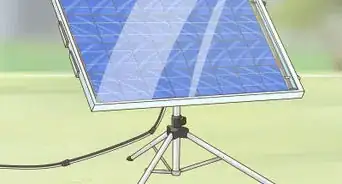
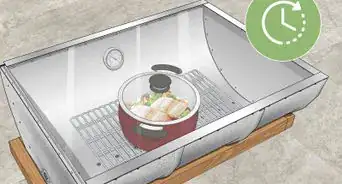
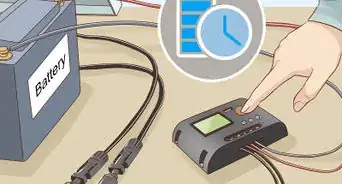
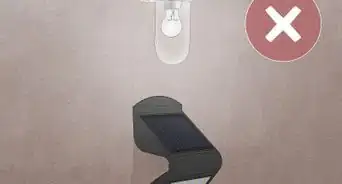
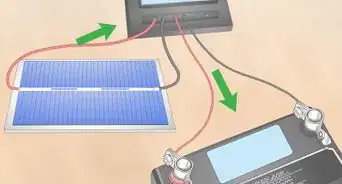
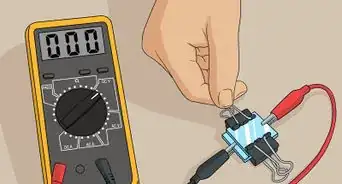

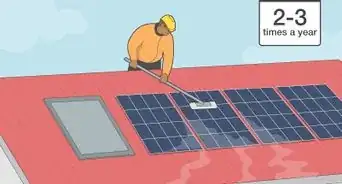
-Step-12-Version-2.webp)
-Power-Generator-Step-11-Version-2.webp)
